I don’t know about you, but I am feeling a little behind in my canning planning. If you are too, worry not! If we follow these ten simple steps, we’ll both step into preservation season calm and prepared to tackle those bushels of tomatoes and pickles and corn.
I was just chatting with my friend and mentor Margaret Roach of A Way To Garden about all this. (Listen in at her most recent podcast.) Margaret’s a vegetarian and a one-person household, so in some ways she and I put up the harvest very differently, but in other ways there are huge similarities.
We’re joining forces today with dual-giveaways (more about that later in the post) and our best suggestions for how any food preserver can face the canning season with organization and confidence.
Let’s do this.
Get Your Plan Together
1. Consider Your Goals
Some people can purely as an exercise in frugality. Some like the craft of it. Some people like the convenience of shelf-stable foods, others want to avoid BPA in cans. Some people are trying to support their local foodshed, or make sure nothing from the garden goes to waste. Some people are getting ready for zombies, other just want to control what goes into their food.
Most of us have some combination of goals that motivate our home food preservation. Consider yours. Why do you this and what do you want to get out of it?
I can, primarily, for quality, convenience and the joy of it. I like having really convenient pantry staples at the ready without having to turn to commercial convenience food. This means that I focus on versatile basics, like tomatoes and garbanzo beans.
Read more: Zombies vs. The Joy of Canning.
2. Take An Inventory
Before you start canning up dozens of jars of peach mulberry curry sauce or whatever, go spend a few minutes staring into your cupboards, pantry, garage – wherever your food storage happens. You might want to print out a larder assessment sheet for this.
Make a note of what canned items your family really eats through the year – store-bought or home-canned. For us, the big winners are always canned tomatoes, beans, pickles, stock, simple jams with zings of flavor, and pork.
Now it’s time for some hard truths. What preserved goods are languishing in your pantry, several years old and forgotten? Give yourself permission to compost those creations that you know, deep down, you will never eat.
Read More: What Foods Should I Preserve?
3. Seek Out Inspiration
Now’s the fun part! Sit down with a cup of coffee or tea and a few of your favorite canning books and the notes from your inventory. As you flip through your books, just let your food preserver’s heart run wild.
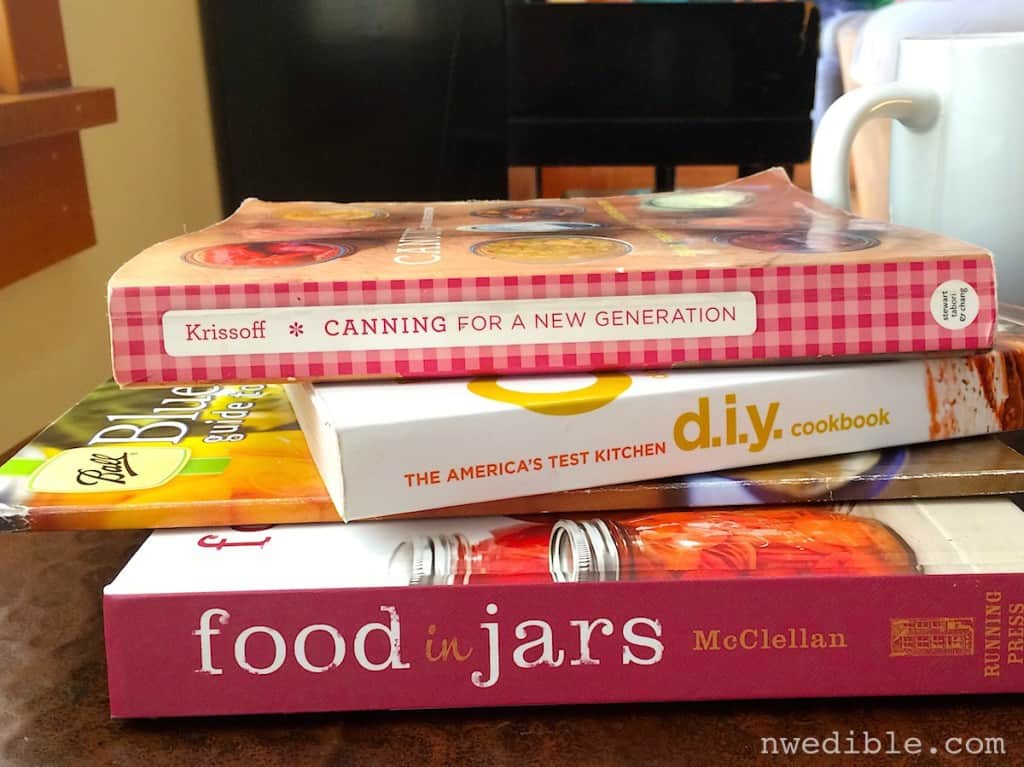
Consider your dream fantasy canning creations, holiday gifts, canning swaps and other situations in which you might give away or trade your jars. When something looks incredible, write it down or flag the page so you can easily find that recipe again.
My favorite canning resources:
- The National Center For Home Food Preservation
- [easyazon_link identifier=”B005SK6Y1Q” locale=”US” tag=”nortediblife-20″]The Ball Blue Book[/easyazon_link] (part of the giveaway below!)
- [easyazon_link identifier=”0762441437″ locale=”US” tag=”nortediblife-20″]Food in Jars[/easyazon_link]
- [easyazon_link identifier=”1584798645″ locale=”US” tag=”nortediblife-20″]Canning For A New Generation[/easyazon_link]
- And you can always [easyazon_link identifier=”1570619913″ locale=”US” tag=”nortediblife-20″]pre-order my book[/easyazon_link], which is not exclusively about canning, but which does contain many of my favorite food preservation recipes, including an awesome one for British style canned baked beans.
4. Fine-Tune Your List
Just like gardeners want to grow all the vegetables, canners typically want to can all the things. But look, we can’t. There aren’t enough hours in day or jars in the house. This is as much about editing your list as it is about scribbling things on it.
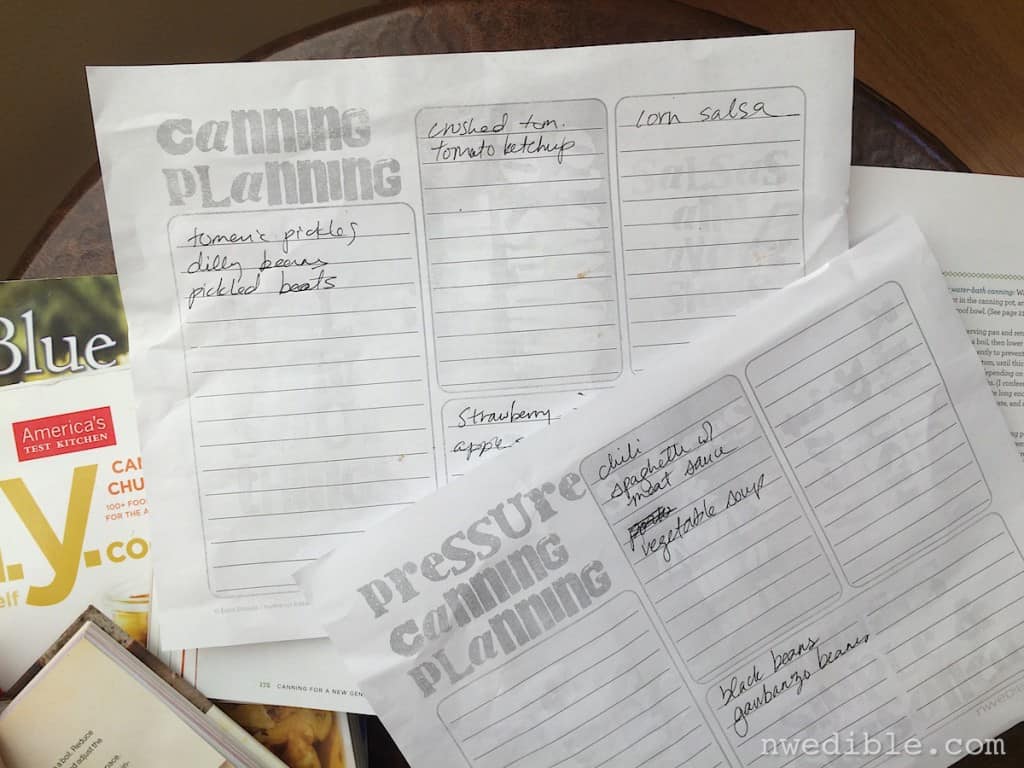
Remember your goals and inventory. Let those guide you as you make your final selections. If you like, go print out my Canning Planning and Pressure Canning Planning sheets – these will help you think about your food preservation by category so you’re less likely to decide you absolutely need 64 types of peach jam (52 is plenty).
Make sure you are selecting recipes from reputable sources that follow safe canning procedures.
5. Check Produce Ripeness Dates
Preserved food is never better than the ingredients it’s made from. We want everything to be at the peak of ripeness when we put it up. That’s when it tastes best and that’s when it’s cheapest if you’re buying.
Some produce – like cabbage – will be available locally for months and months. Some delicate fruit is only available for a few weeks. If you are harvesting your own garden you just have to be psychologically ready for the glut. If you are ordering from a farmer, pre-ordering is always smart.
If you want a specific variety of strawberry or peach from a local farmer, you may have to get even more detailed.
As an example, here’s the 2012 Eastern Washington ripening schedule of different peach varieties, from my friends at Valicoff Farms. You can see that if you are targeting, for example, the Elberta variety for your canning jar you’d better have a pretty good idea of when those peaches will be available or you’ll miss out.

Look back over your list and sanity check that you aren’t over-committed to canning projects based on produce ripening and other stuff in your life. While it’s true that late summer will always be the busiest times to put food up, there’s no reason you should attempt to squeeze applesauce into late August if you’re already planning pickles, tomatoes and peaches. As you can, stretch the process out.
Get Your Gear Together
Ok, now that you’ve got your mental game-plan together, it’s time to make sure your gear is up to snuff, too!
6. Get Your Dial Gauge Pressure Canner Tested
Get your dial gauge pressure canner tested. This is totally non-negotiable. You have to test the dial yearly. Why? Because botulism. Unfortunately, it’s become hard to find places to have the dials tested, so typically you have to ship the dial to the manufacture (Presto). This is a big pain, so if you do have a dial-only gauge pressure canner, look into converting yours to a weighted gauge canner.
If you don’t pressure can fresh vegetables (I don’t) and your canner is used more for meat and dry beans, you can probably put this off until early fall. But if you want canned corn, canned green beans or summer vegetable soup in your pantry, get on this dial-testing asap.
Additional Information: Presto Pressure Canner Service page.
If you have a weighted gauge canner, the weight itself acts to maintain the proper pressure and the dial is just a backup and indicator of when pressure has dropped to 0, so we know that it’s safe to open the canner. If you notice a difference in the pressure reading on the dial and the actual pressure as determined by the weight, you may need to get the dial tuned up but the actual pressure inside the canner should still be safe and accurate.
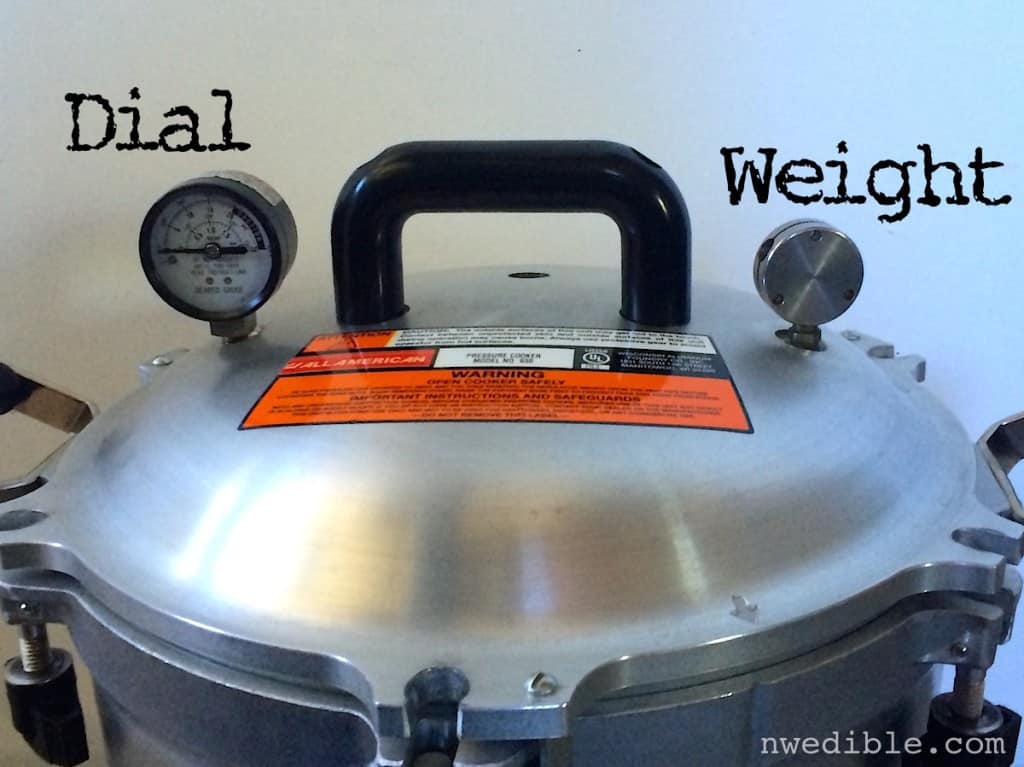
7. Assess your equipment
You do not need one of those lightweight speckled enamel canning pots. In fact, I personally really dislike those. Any pot tall enough to accommodate your jars with a couple inches of boiling water and a couple inches of head room above that is fine for boiling water bath canning. Make sure your canning pot has a rack that works, or make one yourself.
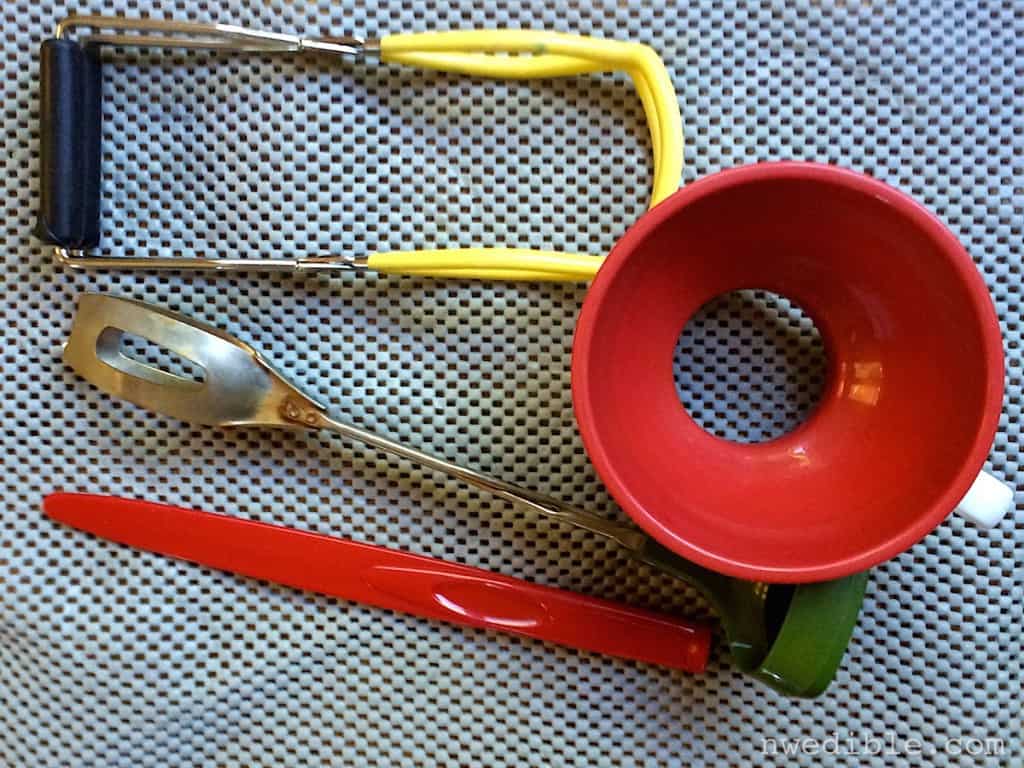
Track down your basic canning utensils and give them a dedicated home so you don’t hunt around when the canning passion is upon you. In addition to normal kitchen utensils like spoons, spatulas and ladles, you will need:
- [easyazon_link identifier=”B007QT4GMQ” locale=”US” tag=”nortediblife-20″]a canning funnel[/easyazon_link] – my favorite one is part of the giveaway.
- [easyazon_link identifier=”B000HJBFGC” locale=”US” tag=”nortediblife-20″]a jar lifter[/easyazon_link], essential for getting hot jars out of hot water safely, also part of the giveaway.
- [easyazon_link identifier=”B003UVK0S8″ locale=”US” tag=”nortediblife-20″]a magnetic lid lifter/bubbler tool[/easyazon_link] for picking up and placing just one lid at a time and removing air bubbles from jars after filling.
8. Inventory your jars and lids
Get a rough idea of how many empty jars you have and, if at all possible, sort them by size so it will be easy for you to grab what you need later.
If you are a canner, you probably always want extra jars. Sadly, now is not the time to buy a whole heap of them. The best deals on new jars happen towards the end of summer, as big box stores try to clear out their inventory. Keep your eyes peeled in several months.
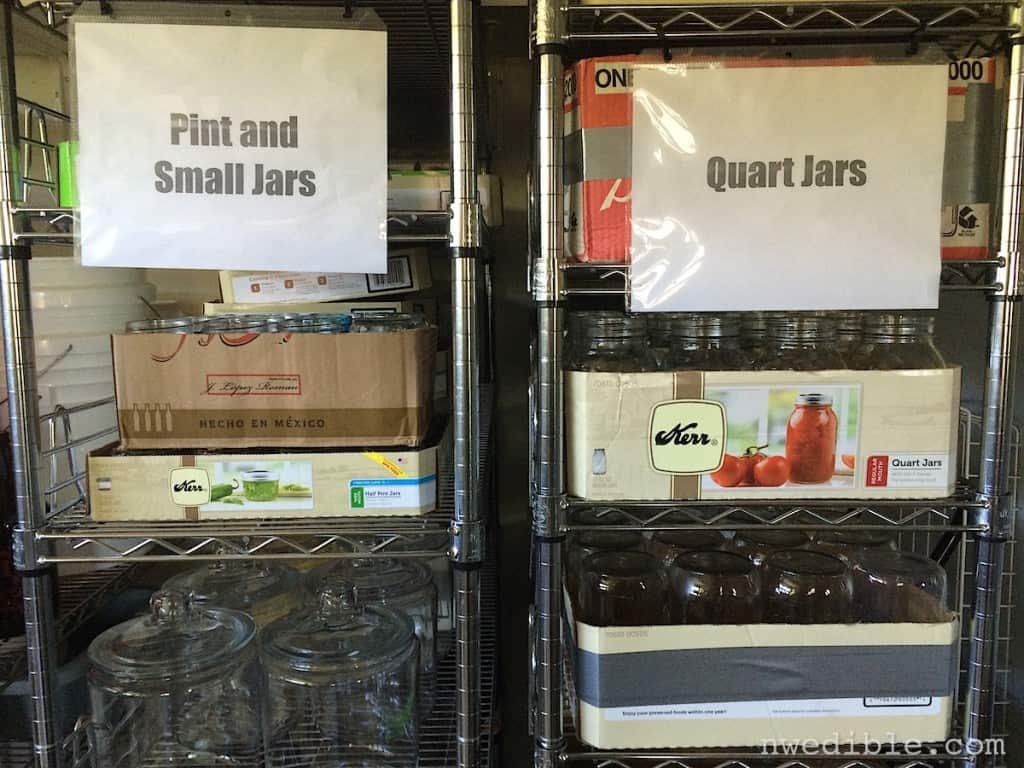
Used jars are always an option, but be warned that many thrift stores charge nearly as much for used jars without lids as it costs to buy jars new with lids! Craigslist, your local Freecycle and Buy Nothing group, garage sales and that nice old lady up the street who’s tired of canning can are better bets.
If you use reusable lids, like Tattler, or glass lidded jars like Weck, inspect your lids and gaskets carefully for signs of wear and tear. U.S. food safety recommendations are to treat rubber gaskets used for canning as single-use items, but according to Marisa at Food In Jars, in Europe gaskets are typically used until they begin to stretch. I follow U.S. food safety regulations.
If you use two piece lids, check to see how many boxes of flats you have. If you are a large-scale canner, it might make sense to [easyazon_link identifier=”B00I17LC92″ locale=”US” tag=”nortediblife-20″]buy lids in bulk[/easyazon_link]. In any event, do keep your eye out for good deals on lids in grocery and hardware stores.
While we’re doing this, let’s go through our rings. If you are like me, you probably have 17 times more rings than will ever need. Remember, after the jars cool and set their seals, it’s best to take off the rings and store the jars with just the sealed flat.
Go through your rings and pull out any that are rusty or no longer perfectly round. Upcycle, recycle or donate extra rings.
9. Stock up on basics.
There are some items that I know I will use a ton of throughout canning season. Vinegar, kosher salt, pickling salt, organic sugar and citric acid are my must-haves for jamming, pickling and processing my way through hundreds of pounds of seasonal produce. Your basics might also include pectin and bottled lemon juice.
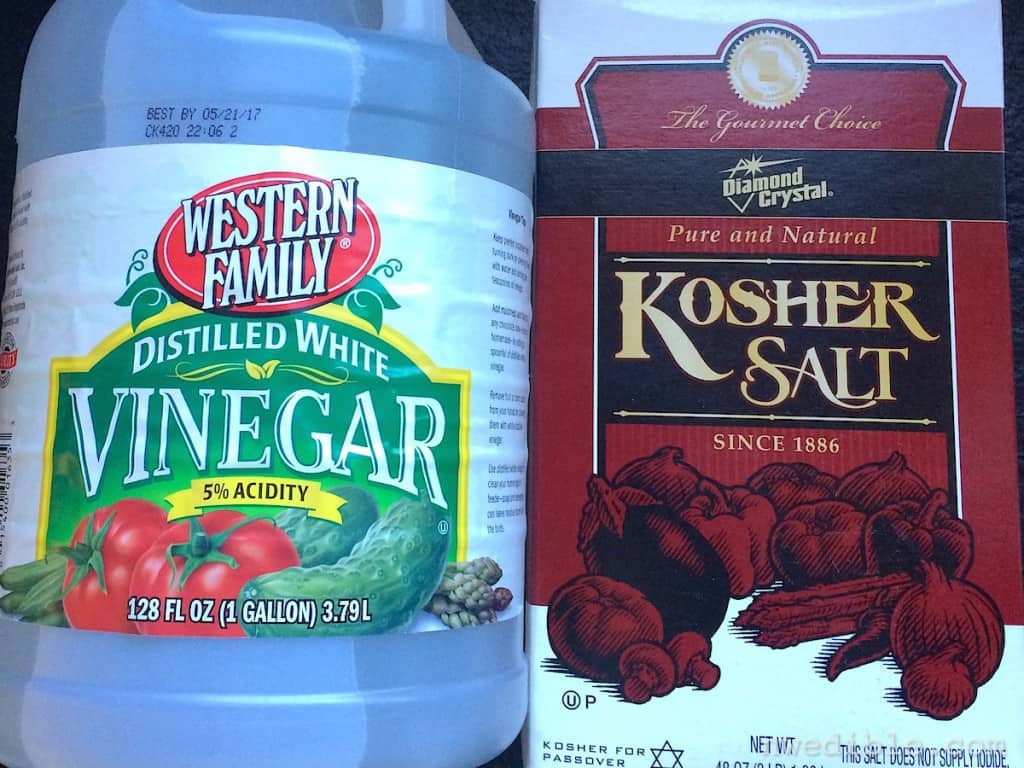
Stock up on the basics you know will be used in your preserving. Vinegar, salt and sugar don’t go bad, and it’s such a pain to have to run out to the store if you find yourself suddenly out of apple cider vinegar. If you can a lot, all these things are available for far less in bulk at stores like Costco.
Check through your spices, too, and make sure you’re good for dill seed, black peppercorns, cinnamon, pickling spice, or whatever spices you know will be used. I highly recommend buying your spices in bulk. Fresh spices mean tastier preserves!
10. Don’t Go It Alone
While they aren’t technically “gear,” one of the most useful tools in your canning kitchen is a productive friend by your side! It’s just more fun to do this kind of work with another person, so text your friends, call your mom, email your neighbor and see who might be up for an afternoon of pickling or jamming.
Alternatively, if your kitchen can’t handle the chaos of multiple canners at once or you just prefer to can in meditative contemplation, throw a canned food swap after the jars cool and the seals set. A canning swap is like the late summer equivalent of a holiday cookie swap, and is a fantastic way to get more variety in your preserves.
Just, do me a favor, make sure anyone you are swapping jars with follows the same high modern safety standards that I know you do, and can confidently and proudly explain how their product was made.
The Giveaway!
Margaret and I are each giving away a kit of canning gear that will help you get started. So, enter here and then make sure you go visit A Way To Garden to enter on her site. Twice the possibility of winning! See, I told you canning was better with friends.
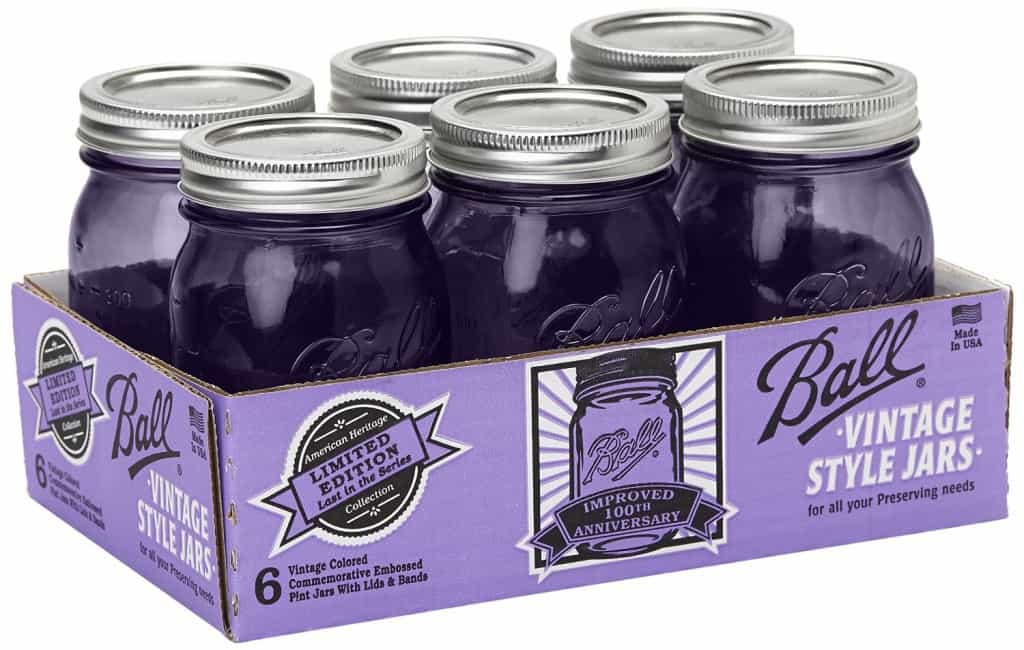
Here’s what you’re entering to win:
- The recently updated [easyazon_link identifier=”B005SK6Y1Q” locale=”US” tag=”nortediblife-20″]Ball Blue Book[/easyazon_link]
- 1 Case (6 jars) of the new [easyazon_link identifier=”B00ODC255Y” locale=”US” tag=”nortediblife-20″]Ball brand Heritage Purple Canning Jars[/easyazon_link] in Pints
- 1 Case (6 jars) of the new Ball brand Heritage Purple Canning Jars in Quarts
- 1 [easyazon_link identifier=”B000HJBFGC” locale=”US” tag=”nortediblife-20″]Norpro Jar Lifter[/easyazon_link]
- [easyazon_link identifier=”B007QT4GMQ” locale=”US” tag=”nortediblife-20″]My favorite canning funnel[/easyazon_link]
- A [easyazon_link identifier=”B007QT4GNU” locale=”US” tag=”nortediblife-20″]specially designed canning scoop[/easyazon_link], to get that jam into the jar.
To Be Entered
Just answer this simple question in the comments section below: “What one food preservation topic do you wish you knew more about?”
The Fine Print
Open to US residents of the United States only.
Contest closes 8 pm Pacific time, Sunday, June 21th 2015.
Winner will be notified by email and shall have 48 hours to respond to claim their prize.
Ball Blue Book and Ball brand Heritage Jars provided by Jarden Home Brands. All other items provided by NWEdible (me!).
And don’t forget to go enter over on Margaret’s site, too!
Good luck!
2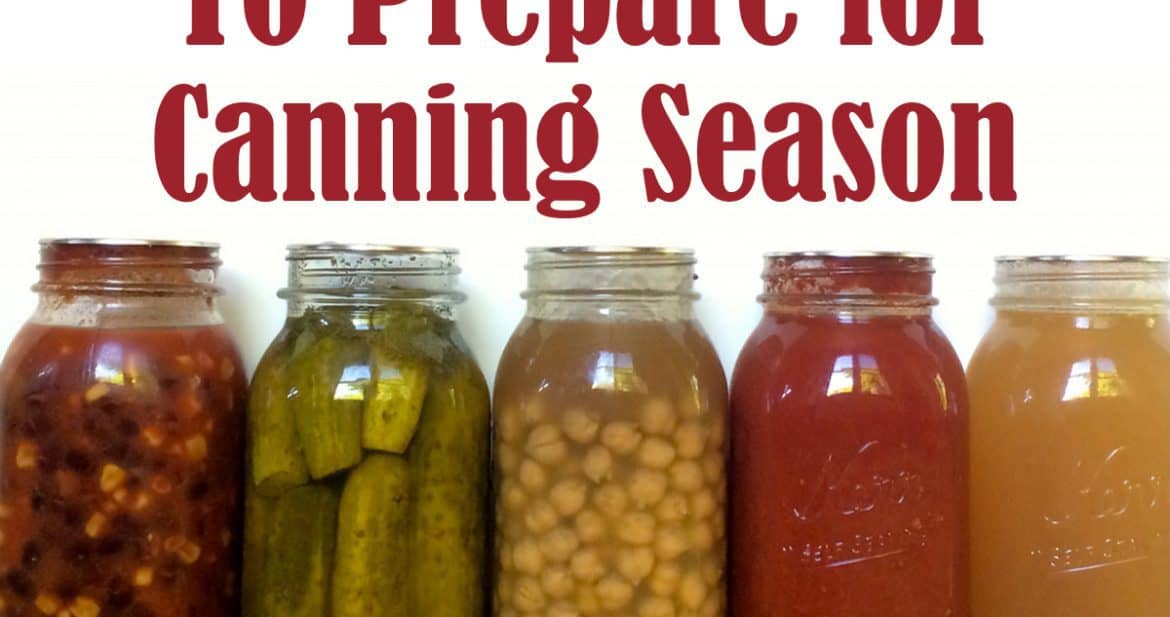
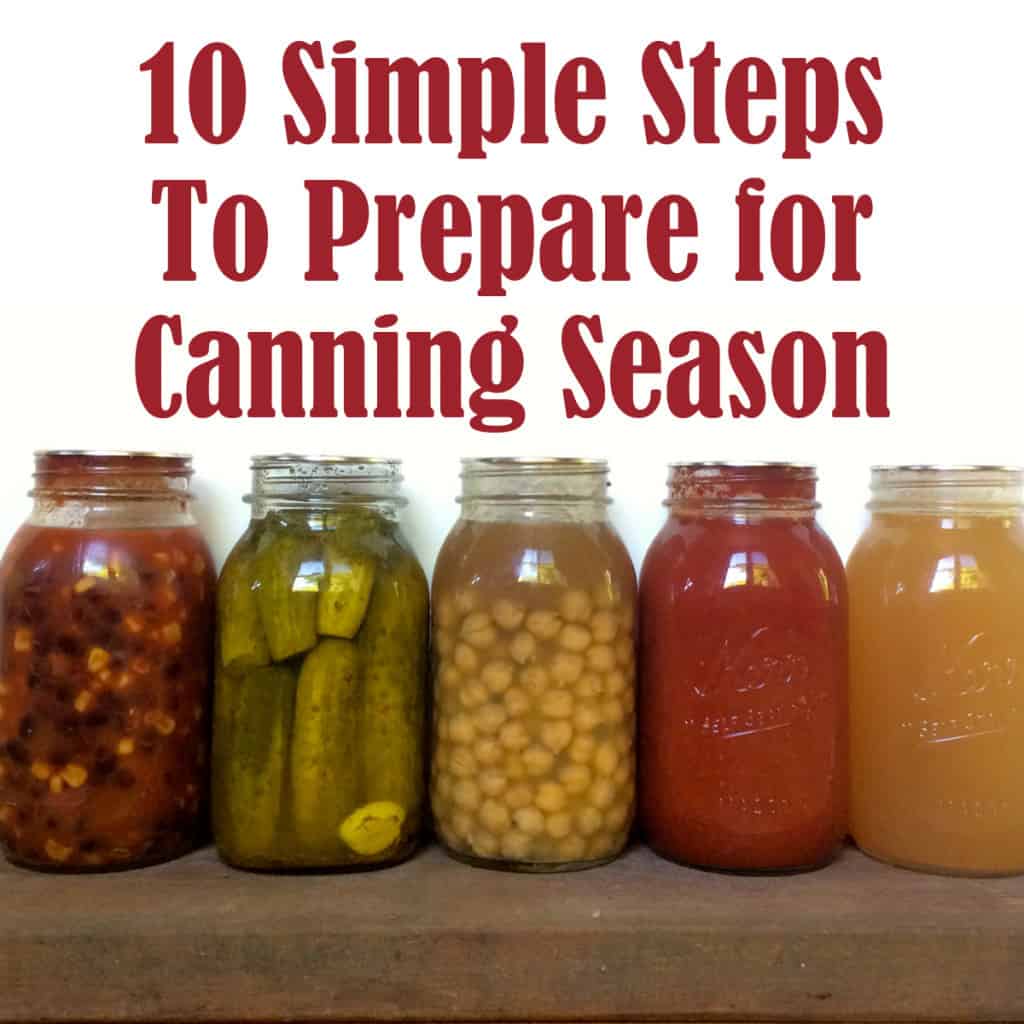
How do you start? Right now we store everything in mason jars and freeze because we are afraid of a bad batch and wasting the time and food. How do you overcome this? How hard is it to get it right so you don’t have a bad batch?
canning safety. I’m so scared of accidentally food poisoning someone. What’s it called-botulism? It is terrifying sounding!
I would love to learn how to safely can salsa! I’ve tried once and it tasted terrible!
I wish I knew more about fermentation. I have read everything on this blog and a couple of books but I haven’t had the guts to try it yet. I guess I am afraid to eat anything I have purposely let mold on my counter.
I’d also like to know more about pressure canning. Specifically, meats. More specifically, wild game.
I’ll add to the enthusiasm around pressure canning. I feel pretty confident with my water bath methods now and am ready to take things to the next level. To be able to make a big batch of homemade vegetable soup and can it – that would be heaven! Also, I’d love to learn more about when it’s safe to scale a recipe up or down and when it’s not. Sometime I find a recipe I’d like to double or cut in half and I’ve never seen any specific guidelines on when/if this is ever okay. Thanks!
I am brand new to canning and have started a rather large garden this year with the intention of putting up some food for winter. I really want to know more about which foods are tricky to can when it comes to botulism safety concerns, and how to keep you and your family protected!
Pressure canning…time to get more comfortable with it!
I am completely new to canning so I would love a step by step guide for beginners. I want to start out small and have a successful first go of it.
I’ve always had issues with canning fruit butters. I seem to over cook them too much.
I wished I knew more about canning & freezing everything!! My dad used to can fresh fish. I don’t remember how he did it, but it was great!
Pressure canning. It terrifies me!
I wish I knew more about safely canning tomatoes & tomato products.
I want to learn how to make crunchy pickles, mine are always mushy. Thanks!
Dehydrating
Pressure canning will be our next step! Thanks for the advice. Also going to try frozen pestos.
I’m definitely interested in learning more about fermentation of foods.
Pressure cooker canning.
Pressure cooker canning
I wish I knew more about canning vegetables. I’ve got jams, fruit, chutneys, and pickles down more or less, but vegetables are the next frontier!
I’m very curious about salt preservation as well as the relationship between dehydration and preservation (I’m thinking about jerky here).
I would like to know more about how to maintain that ideal 180degree temp on my pickles without watching it for 30 minutes. Can one really be a lazy canner? 😉
I’d like to know more about canning beans. I’m new to canning (just started last year)! This year I’m excited to can tomatoes for the first time and maybe beans too.
How to preserve homemade sweet chili sauce. Can it be done? Because I have enough to last for 3 years!
I wish I knew more about preserving tomatoes!
I wish I knew what things can be water bath canned instead of pressure canned. I have always pressure canned everything fearing I would kill my family with botulism if I didn’t. Apparently, I have been wasting my time. Guess its time to invest in a good book.
I just can’t seem to wrap my head around canning soups and stews. I specifically bought a big fancy pressure cooker with this goal in mind.
But do I just follow the settings for meet and use approved veggies? Do I HAVE to use someone else’s recipe just because it got printed in an official canning book? What if I don’t like their food style? What if I like different spices or its just plain bland? Will I poison my whole family by making it to my taste?
I’m so worried about it that my shiny pressure cooker is still in the box. I was only brave enough to make apple sauce.
I would love to learn more about fermentations!
I’d like to find equipment not made of plastic – a funnel especially.
You asked for one, but I am responding with two. I would love to learn more about canning meat sauces like pasta sauce and chili. I would also love to can salsa.
I saw your response to someone else who mentioned meat, so I will check out the book you recommended.
I would like to learn more about pressure canning and also more about canning fermented food especially sauerkraut. Love the stuff but seems abit tricky.
I would really like to learn more about canning tomatoes – sauces, ketchup. I did pickles for the first time last year and am anxious to can more!
Pressure Canning and how to can things like tomatoes and other things from my garden safely
I would like to learn about meats and broth in the pc…..it scares me!
Definitely pressure canning and salsa making.
I want to can beans and pressure canning in general.
I would like to learn to be more confident about canning meat, or products with meat in them 🙂 Best ways or suggestions on how or what spices/flavorings to add etc. I just think that having ground beef already cooked and canned on the shelf would be amazing, although to be honest, mine would be ground deer. And if that would make a difference 🙂 Thanks!
Pressure canning. I have a canner but I haven’t used it yet.
Pressure canning sort of terrifies me. I am the happy canned when it comes to water bath, and I want to branch out into pressure canning!
Pressure canning. I bought a brand new pressure cooker and am excited to learn to use it!
I would live to know more about canning soups and stews!
The best type of fruits to grow in the pac nw and jam recipes.
Dehydration
Pressure canning is my fear, but I am going to do it this year. I will face my fear ….yikes ! Thanks for the chance to win this awesome gift.
Keeping pickled items crunchy.
I am very new to canning, what is a ‘secret’ to keeping my dill pickles crispy? My my first batch last year was a flop. Help this newbie out please
use pickle crisp its a ball product that works great for dill pickles
I like to put different flavors together. I wish I knew more about that
Pressure canning
Canning meat would be the most scary thing for me. But I would love to learn more about it.
I have a lot of left over catsup.. I didn’t season it well and we don’t care for it — even in soups and stews.
Count me in…